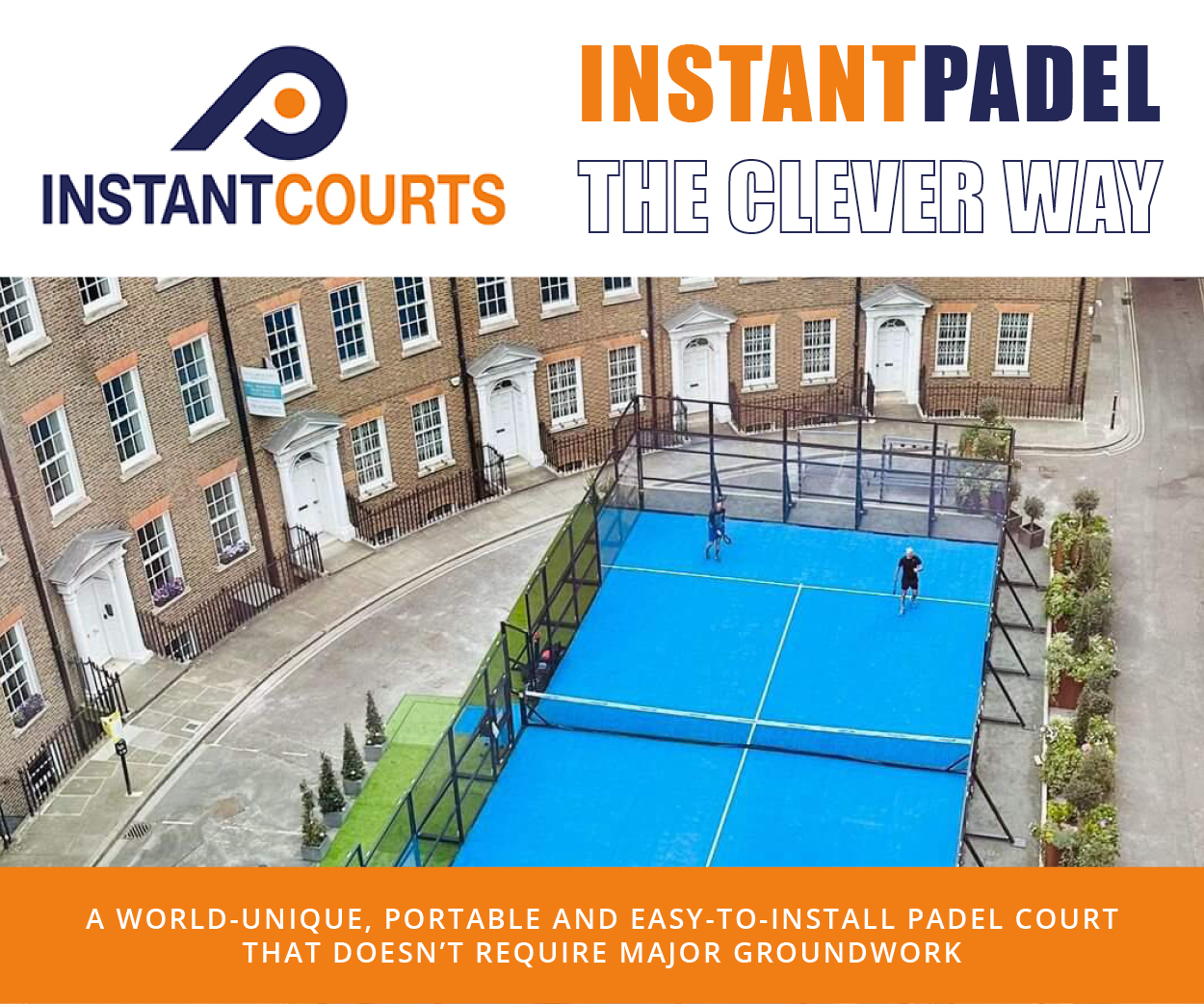In this exclusive new series for The Padel Paper, Paul Deane from LDN PHYSIO will explain how to avoid common padel injuries by using techniques that don’t necessarily require you to go to the gym…
Padel has exploded into our consciousness unlike any other sport in our lifetime. A year ago, it was just finding its feet in the UK mainstream and now your friends and family are at their local club three times a week.
Its success may lie in the fact that it combines the dopamine hit from physical exercise with a buzzing social community that very few sports possess.
But with the growth of the game comes the growth of injury rates. You wouldn’t go straight into a fast run to start your 5km or a heavy set at the gym without a warm-up. However, far too often players go straight into an explosive match without preparing their body (aka completing a warm-up).
Over this exclusive series of articles for The Padel Paper, I’ll be talking about the most common padel injuries and how to avoid them, plus top tips to help your body and game, to keep you on court for longer.
Injuries generally occur when a body does too much, too quickly. A classic example is a player developing the dreaded tennis elbow, having gone from never playing to being on court four or five days per week with an inadequate racket.
The human body is a magnificent machine that can, over time, adapt and evolve to do things it previously couldn’t. For example, people can run a marathon with 16-20 weeks’ training having only ever ran 5km prior. This is because the body has time to adapt to the training load.
However, if you were to ask those people to sustain this rigorous training regime, a large number of them would likely pick up injuries because the training level is unsustainable long-term.
This is the risk that padel players currently face.
Going from not playing a racket sport regularly to multiple times per week increases the demand on your wrist, arms, shoulders, knees and feet. Whilst this may be manageable short-term, it can result in injury long-term if incorrectly regulated.

In our Old Street London clinic, we have created the PRS (Padel Readiness Screen). This is a series of tests looking at strength, power, mobility, flexibility and balance, all with the aim of identifying possible areas of injury risk and creating bespoke training plans to prevent these injuries. Alongside this data, we encourage people to listen to their body – pain is a warning sign, listen to and work with it.
The World Health Organisation recommends that adults between 18-64 should complete at least 150 minutes of moderate-intensity or 75 minutes of vigorous-intensity physical activity, alongside two muscle-strengthening training sessions per week. Whilst padel would certainly be included in the former, it’s often the latter that is lacking in people’s weekly exercise routine.
Without a strong foundation, things start to strain and stress unnecessarily. Think of a house – you wouldn’t build an extension upon poor foundations. When you increase how much padel you play (the extension), your body (the foundations) needs to also get stronger to adapt to this increase in activity.
The big stereotype is that in order to build muscle and strength, you need to go to the gym. This is not true. Whilst a gym gives easy access to different weights and machines that can make strength training easier, you can start with exercises at home or in a local park. So much can be achieved with just mastering bodyweight exercises.
A great resource for strengthening exercises if you’re not confident on how to start is ‘NHS Fitness Studio’. This is a free portfolio of exercise classes that you can complete at home or in the gym, spanning from Pilates and yoga for back pain to strengthening exercises for different body parts, often requiring no equipment.
A commercial gym can often have stigma attached, and not everyone can afford membership to both a padel club and a gym. However, more and more padel clubs are building fitness suites for their members, allowing access to equipment alongside the courts. This in my opinion is a fantastic initiative as it shows clubs understand that for the health of their community and for the growth of the game, they require facilities that can help players build that foundation.
If you’re someone with a brilliant bandeja or vicious vibora, don’t let injuries get in the way of developing your game. Follow along to this new series to learn tips, tricks and strategies to manage and prevent injuries!

Paul Deane has worked with elite athletes, professional sports clubs and in frontline healthcare services for over eight years. He works at LDN PHYSIO, London’s Sports Injury Specialist Physiotherapy clinic, as the Specialist Padel Physio, working alongside Sports Medicine Consultants, Strength & Conditioning Coaches, Sports Psychologists and Nutritionists to provide world-class healthcare and injury support for everyone, from the weekend warrior to professional athletes.
Follow LDN Physio on Instagram
Visit his website ldnphysio.co.uk
Or email Paul hello@ldnphysio.co.uk









































